Introduction
Maintaining a clean and healthy lawn can be a daunting task, especially when dealing with large areas or during the fall season when leaves are plentiful. However, powered lawn sweepers have emerged as a game-changer, offering an efficient and less physically demanding solution. These devices, akin to outdoor vacuums, collect debris from your lawn into a bag, preventing damage to your mower blades and promoting a healthier lawn. This article delves into the mechanics of powered lawn sweepers, their types, benefits, and considerations to make when choosing the right one for your needs.
Understanding Powered Lawn Sweepers
A powered lawn sweeper operates similarly to a vacuum, gathering debris and leaves from the lawn's surface. Unlike a manual sweeper, it runs on power, making the task easier and more efficient. There are two types of lawn sweepers: a manually operated one and a lawn sweeper that attaches to the back of a lawn tractor. These sweepers collect debris into a bag with their spinning brushes, preventing debris from becoming entangled in the blades of a mower and reducing the likelihood of blade dulling.
How Powered Lawn Sweepers Work
A powered lawn sweeper, similar to a push lawn sweeper, operates via a rotating brush mechanism that sweeps up debris and deposits it in a collection hopper. The key difference is that the brush mechanism in a powered lawn sweeper is driven by a gasoline or electric motor. This makes the process of debris removal more efficient and less physically demanding. Whether it's leaves, pine needles, twigs, or grass clippings, the powered lawn sweeper can handle it all, making it an essential tool for maintaining a clean and healthy lawn.
Types of Powered Lawn Sweepers
Powered lawn sweepers, either gas or electric-powered, are efficient tools for cleaning large areas. They often come with added features like a chipper/shredder device for easier debris disposal. Self-propelled models reduce labor by moving at a comfortable walking speed and picking up a larger volume of debris. However, their weight can make them hard to handle in certain situations. Push sweepers, on the other hand, are lightweight and quiet, but require more effort and have smaller collection bags. Lastly, lawn tractor sweeper attachments, towed behind riding lawn mowers, cover a lot of ground but are best suited for large, flat properties.
The Benefits of Using Powered Lawn Sweepers
Powered lawn sweepers offer several benefits. They are efficient, making light work of cleaning up large areas. The self-propelled models reduce the labor involved in cleaning up a lawn, picking up a larger volume of debris in each load than a push sweeper. They are recommended for large or steep yards, and are also helpful for people with back problems. However, they can be heavy and noisy, and may emit dust. Despite these drawbacks, their efficiency and ease of use make them a valuable tool for maintaining a clean and healthy lawn.
Efficiency and Time-saving
If you have a large yard and dislike yard cleanup tasks, then a powered lawn sweeper is a good choice because it saves you hours of time and prevents sore muscles. In addition to picking up debris, such as leaves and pine needles, lawn sweepers can also help you manage pine cones, acorns, and twigs. However, keep in mind that a lawn sweeper won’t pick up larger sticks and branches. Lawn sweepers can also help you clear out dust and dirt from your patio, walkway, or driveway.
Improved Lawn Health
A powered lawn sweeper significantly contributes to improved lawn health. For instance, in spring, when grass grows high, excess clippings can cause brown patches. Sweeping these clippings eliminates this issue. In fall, removing leaves, acorns, and other debris is crucial for maintaining healthy turf throughout winter and ensuring a good start in spring. A lawn sweeper efficiently accomplishes this task. Moreover, it prevents damage to mower blades by removing nuts, twigs, and gravel. Dethatching, or removing a built-up layer of dead grass, is another key lawn maintenance task that a lawn sweeper can handle effectively.
Ease of Use and Reduced Physical Strain
Push lawn sweepers are manually powered, making them less complex and more affordable than their motorized counterparts. They are light and maneuverable, which makes them easy to use. Moreover, they offer an ergonomic advantage over traditional raking as there's no need to bend down to pick up leaves. This makes push lawn sweepers a good choice for those with smaller lawns or those who prefer to get some exercise while maintaining their yard.
Choosing the Right Powered Lawn Sweeper
Choosing the right powered lawn sweeper depends on several factors. If you have a large lawn or a riding lawn mower, a tow-behind lawn sweeper could be ideal. For smaller yards or fewer trees, a push lawn sweeper or a cordless lawn sweeper might be more suitable. Key considerations include the sweeper's weight, hopper capacity, and ease of use. Some models offer adjustable sweeping heights and come with features like easy dump mechanisms and compact storage options.
Considerations Based on Lawn Size and Type
Choosing the right lawn sweeper depends on your lawn size and type. Push lawn sweepers, including powered ones, are ideal for smaller yards, offering a great workout. For larger, multi-acre yards, pull-behind lawn sweepers are more suitable, requiring a garden tractor for towing. Lawn sweeper width also impacts how quickly you can collect leaves and debris. Hopper volume is another consideration, with capacities varying by cubic feet. For instance, a small yard may only need a 12 cubic-foot hopper, while a larger lawn may require a 26 cubic-foot hopper.
Evaluating Sweeper Features and Specifications
Some lawn sweepers boast several notable features and specifications. They may have a large hopper capacity and a wide broom, ensuring fewer trips to complete the task. The broom bristles are often gentle on your lawn but tough on debris. An electric actuator may adjust the broom height for effective cleaning, and the height adjustment is usually controlled with a switch box. The sweeper also includes a durable steel pan for increased durability and an adjustable hitch for easy hook up to the tow vehicle.
Budget and Maintenance Considerations
When considering budget for a powered lawn sweeper, it's important to note that tow-behind models generally cost more than push models. Maintenance considerations include emptying the attached hopper bag when it fills up with lawn debris. Some models can be folded up for compact storage without requiring any tools, making maintenance and storage easier.
Conclusion
In conclusion, powered lawn sweepers are an invaluable tool for any homeowner or gardener seeking to maintain a pristine lawn with minimal effort. They offer a range of benefits, from efficiency and time-saving to improved lawn health and reduced physical strain. The choice of the right powered lawn sweeper depends on various factors, including lawn size, type, and individual preferences. Whether you opt for a self-propelled model, a push sweeper, or a lawn tractor sweeper attachment, each type offers unique advantages. Remember to consider the sweeper's weight, hopper capacity, and ease of use, as well as your budget and maintenance needs. With the right powered lawn sweeper, you can transform your lawn maintenance routine and enjoy a cleaner, healthier lawn.

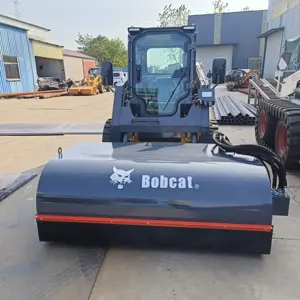





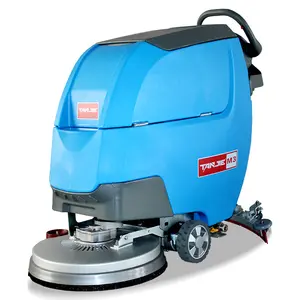



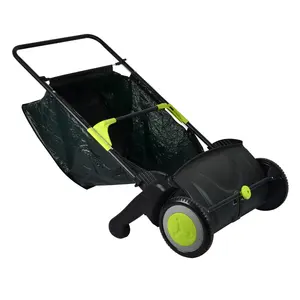



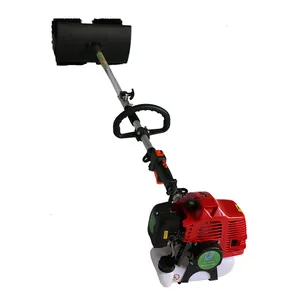
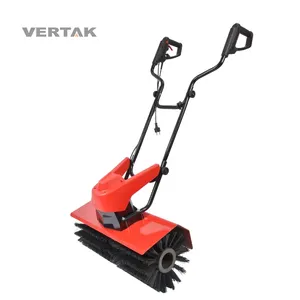
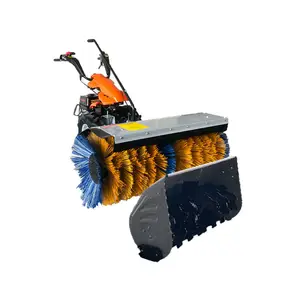
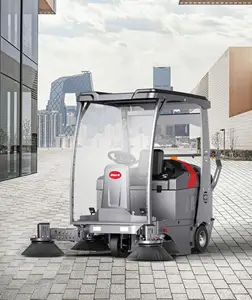



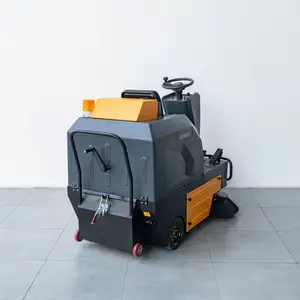










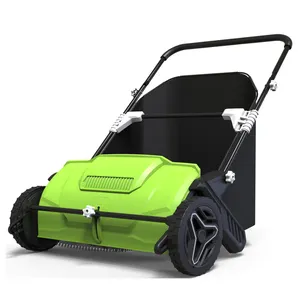
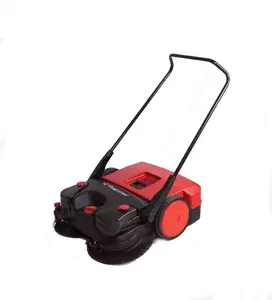

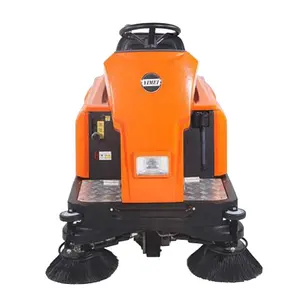

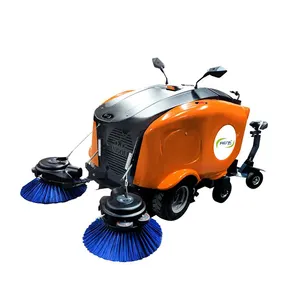

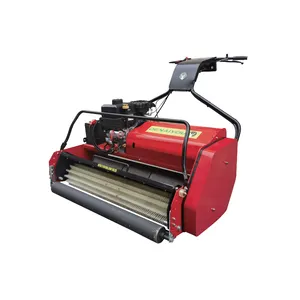


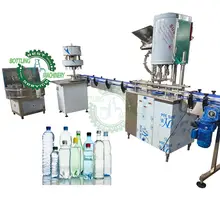


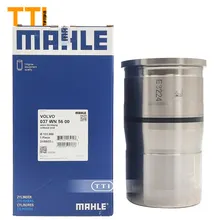

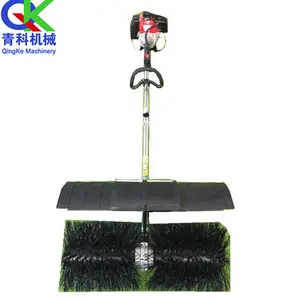



























 浙公网安备 33010002000092号
浙公网安备 33010002000092号 浙B2-20120091-4
浙B2-20120091-4